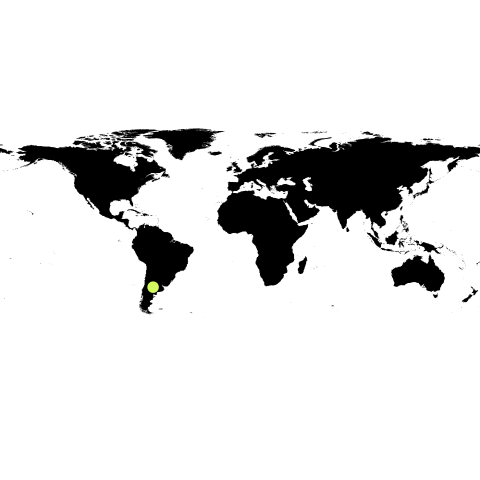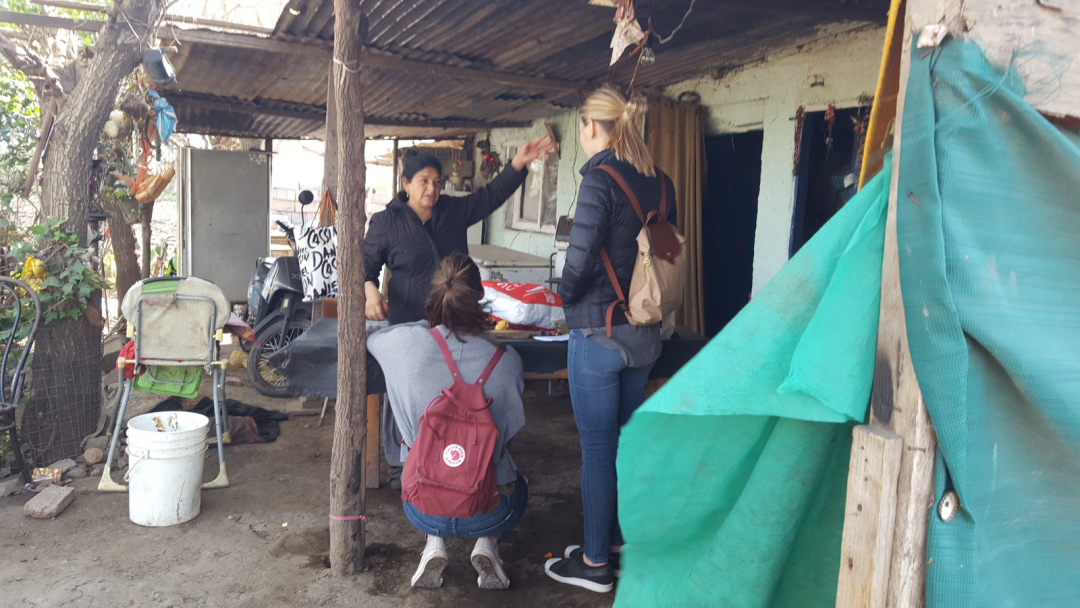Disclaimer:
Please be aware that the content herein is comprised of personal reflections, observations, and insights from our contributors. It is not necessarily exhaustive or authoritative, but rather reflects individual perspectives. While we aim for accuracy, we cannot guarantee the completeness or up-to-date nature of the content.
Type of project
Contributory project: It is designed by members of the scientific community, and citizens participate in data collection.
Collaborative project: Citizens participate in data collection and analysis.
Co-created project: Citizens participate in all stages of the scientific process.
Overall goal
Collaboratively identify the housing and urban conditions with which the communities of low-income settlements in Córdoba live to jointly build improvement solutions following sustainability parameters.
Specific goals
Carry out precise and comprehensive urban housing analyses to learn about the housing, urban, and environmental conditions present in the low-income settlements of the city of Córdoba and the zone of influence.
Collaboratively propose improvement solutions for these conditions and the implementation of bioclimatic design and energy efficiency strategies, based on the perceptions, knowledge, resources, and abilities of the community present in the territories.
Develop awareness, training, and appropriate technical support strategies to promote community consolidation and the improvement of environmental quality and life in settlements.
Identify guidelines that can be used in the design and management of housing integration policies.
Description of citizen participation
The communities of the low-income neighborhoods actively participate in the entire process along with students, teachers, and researchers involved. Participants work together in planning activities to be implemented per semester in the survey and analysis of the existing socio-urban, environmental, and housing conditions. They also work in the subsequent instances of reflection on the findings and possible solutions, the activities for the monitoring and assessment of the agreed work plans, and the processes of self-construction and social production of the habitat to carry out the improvements and presentation of results. At the same time, citizens have influence over different community activities, such as training workshops, technological training, and design/improvement. Finally, they provide their own (economic, material, organizational, human, etc.) resources to achieve the agreed tasks.
Time Frame
2004 - present.
Project leaders
Daniela Gargantini, AVE, CEVE/CONICET and Catholic University of Córdoba (UCC), [REDACTED_EMAIL]
Ludmila Garbellotto, UCC, nonprofit organizations Techo and Surcos, [REDACTED_EMAIL]
María Cerrezuela, AVE, CEVE/CONICET and UCC, [REDACTED_EMAIL]
María Paz Sánchez Amono, AVE, CEVE/CONICET and foundation Fundación para el Desarrollo Sustentable, [REDACTED_EMAIL]
Halimi Sulaiman, AVE, CEVE/CONICET and Fundación para el Desarrollo Sustentable, [REDACTED_EMAIL]
Lautaro Oga Martínez, AVE, CEVE/CONICET y Fundación para el Desarrollo Sustentable, [REDACTED_EMAIL]
Contact information
Mail: [REDACTED_EMAIL]
Instagram: @catedrapsh y @aveyceve
SDGs
 Consent to share form or official link.
Consent to share form or official link.

 4Quality education
4Quality education 7Affordable and clean energy
7Affordable and clean energy 11Sustainable cities and communities
11Sustainable cities and communities
Comments
Log in to add a comment or reply.